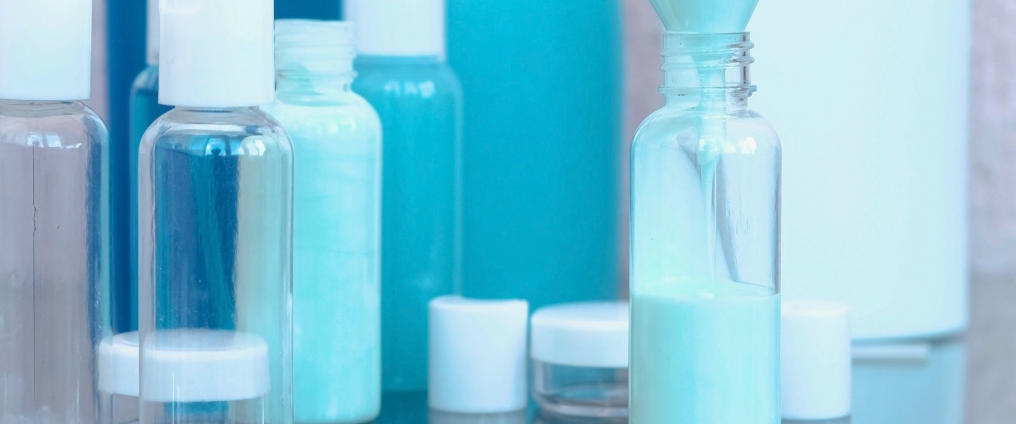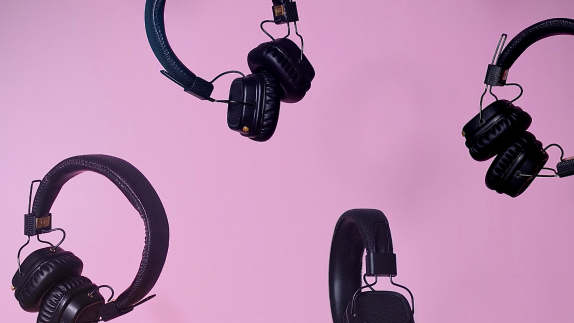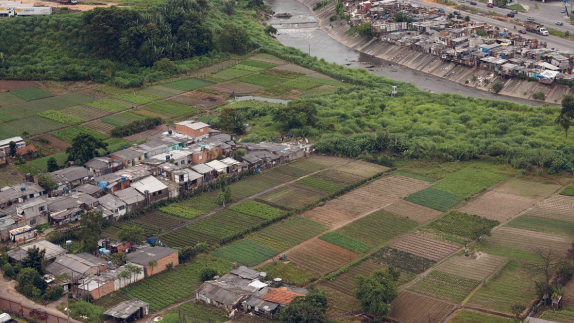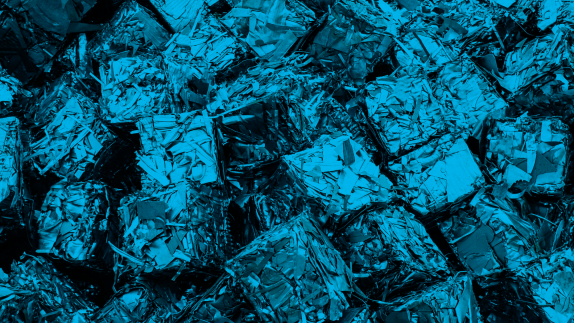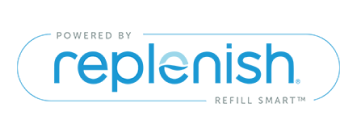
Replenish tackles our wasteful packaging system with a multi-purpose reusable bottling platform.
“We need a better cleaner in a smarter bottle." Replenish
What they do
Replenish produces fully customisable plastic packaging, replacing single-use products with refill bottles that can be used with multiple concentrated liquids ranging from cleaners to skincare.
Why it’s an example of the circular economy
Many of the cleaning products we buy are mostly water with only a small amount of active ingredient contained within single-use plastic packaging. In fact, a typical bottle of cleaner is 90% water and less than 10% actual valuable ingredients.
Replenish tackles this wasteful system with its multi-purpose reusable bottling platform. The LA-based company is an excellent example of the circular economycircular economyA systems solution framework that tackles global challenges like climate change, biodiversity loss, waste, and pollution. It is based on three principles, driven by design: eliminate waste and pollution, circulate products and materials (at their highest value), and regenerate nature. because their:
products have the potential to last a lifetime
system is compatible with a wide variety of liquid products, both their own and other brands
ingredients are 99% plant-derived
How it works
Replenish’s reusable spray bottles attach to pods with liquid concentrates ranging from cleaning to personal care meaning you use one bottle for a variety of purposes.
Concentrate liquids are dispensed directly from a refill pod into a measuring cup inside a reusable bottle. The user just has to squeeze the refill pod until the measuring cup is full, turn over and add water. One pod is the equivalent of six bottles – cutting the amount of plastic packaging by 90%.
“Reusable packaging is a USD 10+ billion innovation opportunity that can deliver significant user and business benefits.”
Good for the customer, good for business
Refill systems like Replenish’s reduce energy, plastic waste and carbon dioxide emissions by 80-90 percent compared to one-use bottles. They also avoid the need to transport water over great distances.
Because other companies can white-label their products, the system allows new businesses to save on development costs, and get their products to market faster. For customers, it’s empowering to choose a product which reduces their plastic footprint, as well as paying less for the products in the long term.
